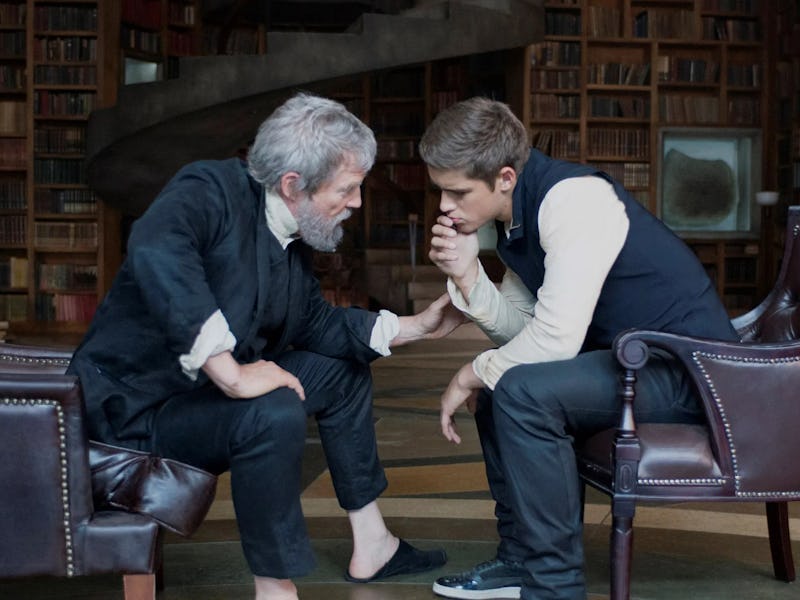Did The Giver Destroy the YA Movie Trend?
The book, was in fact, better.

Before there was A Court of Thorns and Roses, before there was The Hunger Games, and before there was even Harry Potter, finding edgy-yet-accessible books for young adult readers was a lot more difficult. But one bright spark in this era was Lois Lowry, who wrote thoughtful novels for school-aged children that managed to tackle complicated topics like poverty, mental illness, and the Holocaust and present them in a way that made them unforgettable for readers even as they grew up.
But Lowry’s most popular book was one of the guideposts of the young adult dystopian genre. Unfortunately, what made it so brilliant also made it impossible to exist as anything other than a novel. A decade ago, a movie adaptation proved that even armed with some great ideas, sometimes the book will always be better.
The Giver had a lot going for it. It’s directed by Philip Noyce, who previously directed a slew of action thrillers like Salt, Clear and Present Danger, and Patriot Games. It had an all-star cast, including Jeff Bridges, Meryl Streep, Alexander Skarsgård, and Katie Holmes. It came out in August 2014, right at the height of the post-Harry-Potter YA dystopia craze, right in between the first Divergent movie and the third Hunger Games movie.
The plot is relatively simple. In a dystopian future, life in the Community has a strict structure. Residents are injected every day with medicine, live in assigned families, and, upon graduation, are assigned a job they’ll keep for the rest of their lives. Jonas (Brenton Thwaites) grew up happily in the Community, but always felt a little different. When he graduated, he wasn’t given a normal job. Instead, he is assigned to be the Receiver of Memory, meaning he’ll receive memories of what came before from the Giver (Bridges.) But as Jonas learns more about the world he lives in, the more he wants to leave.
The Giver is a book that is, essentially, impossible to adapt. It opens with Jonas’ father euthanizing the smaller of two twins to keep the Community’s population stable and doesn’t lighten up much from that point. It also broaches the topic of burgeoning sexuality — Jonas is only 12 in the book, and the book shows him getting medication to curb his desires made evident in dreams. The movie does address these things but in a softer way. The euthanasia scene doesn’t appear into well into Jonas’ disillusionment with the Community, and he’s also well aged up so his crush on his friend Fiona doesn’t seem out of the ordinary.
Still, the movie does make some big swings. The entire first act is shown in black-and-white, and as Jonas learns more about the world, it becomes more saturated. It’s not the most nuanced metaphor, but it works excellently because of how gradually the color starts to leech in. By the time Jonas notices it, he’s seeing a completely different world than those around him.
The Giver begins in black-and-white to reflect the simplicity of Jonas’ worldview.
However, other parts of the plot are much more clumsily adapted. All of the Giver’s memories are described in detail in the book — the feeling of walking through snow, of playing on a beach, of the concept of love — but that’s harder to translate into images. So instead, the movie uses stock footage to represent those concepts. It works well at first, but eventually, the device gets old and feels more like a commercial for the human experience than a strong memory.
Flashbacks of the Giver’s past apparently can’t be shown as flashbacks, so we see him with his late daughter Rosemary (Taylor Swift, at a time in her career when reviews described her as “country star Taylor Swift”) in holograms, a confusing bit of worldbuilding that looks cool but doesn’t have much thought behind it.
But despite everything, you can’t fault The Giver for trying. It took one of the most complex and ineffable books — a book literally about intangible memories — and attempted to show it on the big screen. Unfortunately, the result was the beginning of the end of the YA dystopia trend. All of a sudden, fans realized that “the book was better” wasn’t just a purist’s retort. It could also be a grim warning.